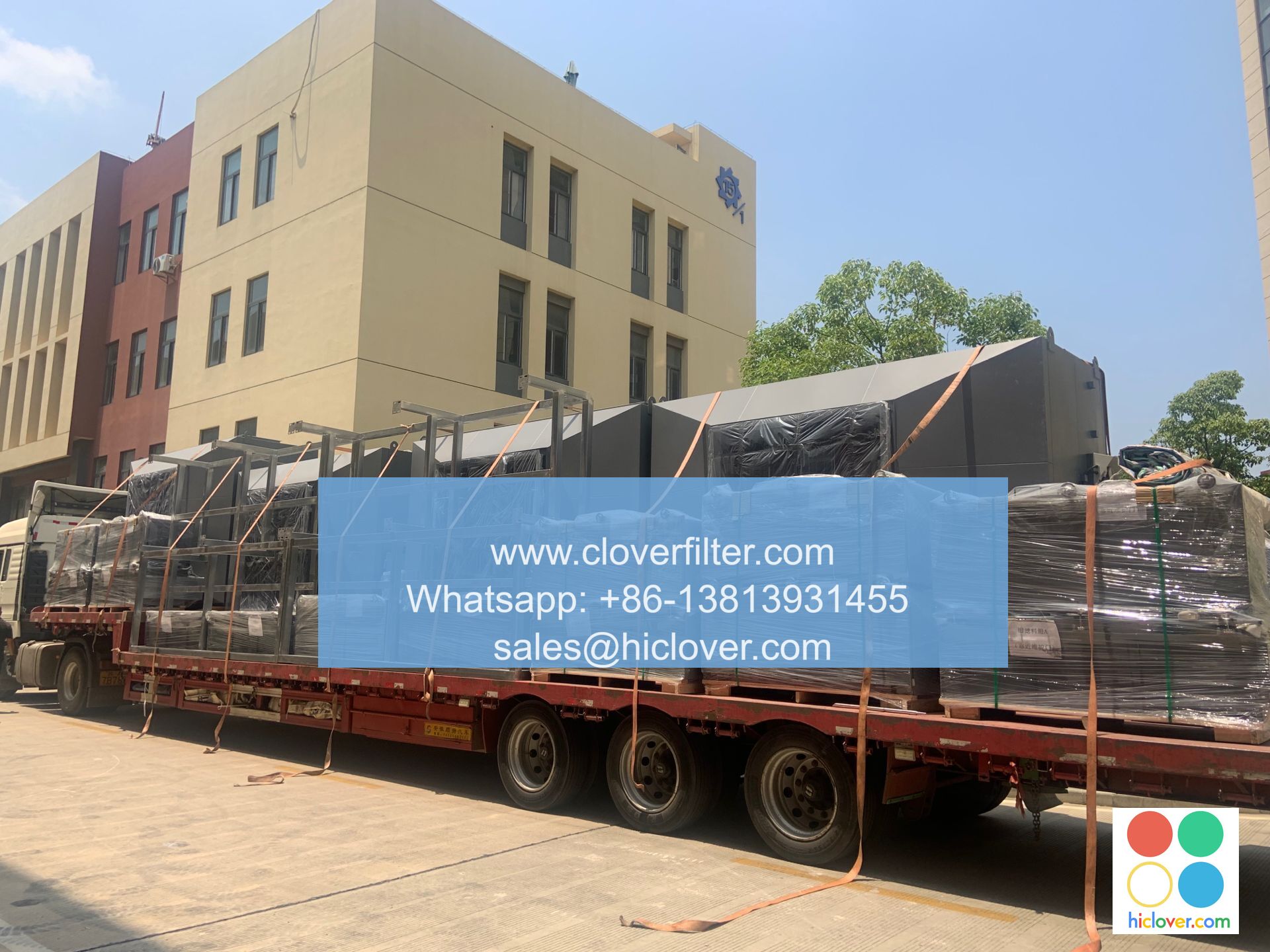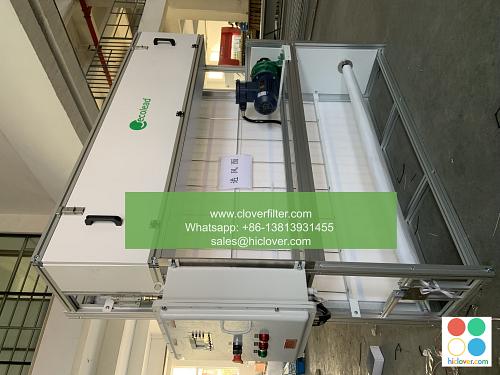The Relationship Between Air Filter MERV Rating and HVAC System Efficiency

When it comes to maintaining a healthy and comfortable indoor environment, a well-functioning Heating, Ventilation, and Air Conditioning (HVAC) system is crucial. One of the key components of an HVAC system is the air filter, which plays a vital role in removing airborne pollutants and particulate matter from the air. The MERV (Minimum Efficiency Reporting Value) rating of an air filter is a measure of its effectiveness in capturing particles of different sizes. In this article, we will explore the relationship between air filter MERV rating and HVAC system efficiency, highlighting various application areas and key words such as indoor air quality, energy efficiency, and system performance.
Understanding MERV Ratings
The MERV rating is a standardized system used to evaluate the performance of air filters. It ranges from 1 to 20, with higher ratings indicating better filtration efficiency. Air filters with higher MERV ratings can capture smaller particles, including pollen, dust, mold, and bacteria. For example, a MERV 13 filter can capture 90% of particles between 1-3 microns in size, while a MERV 16 filter can capture 95% of particles between 0.3-1 microns in size.
Impact of MERV Rating on HVAC System Efficiency
The MERV rating of an air filter can significantly impact the efficiency of an HVAC system. A higher MERV rating can improve indoor air quality by removing more airborne pollutants, but it can also increase the pressure drop across the filter, which can lead to reduced airflow and increased energy consumption. On the other hand, a lower MERV rating can result in reduced filter resistance and improved system performance, but it may not provide adequate protection against airborne pollutants.
Application Areas
The relationship between air filter MERV rating and HVAC system efficiency has significant implications for various application areas, including:
* Commercial buildings: High MERV rated filters can improve indoor air quality and reduce the risk of airborne diseases in commercial buildings, such as offices, hospitals, and shopping malls.
* Residential buildings: Medium MERV rated filters can provide a balance between indoor air quality and energy efficiency in residential buildings, such as single-family homes and apartments.
* Industrial facilities: High MERV rated filters can protect against hazardous airborne particles and improve system performance in industrial facilities, such as manufacturing plants and warehouses.
Optimizing MERV Rating for HVAC System Efficiency
To optimize the MERV rating for HVAC system efficiency, it is essential to consider the specific application area and the type of airborne pollutants present. A balance must be struck between indoor air quality and energy efficiency to ensure that the HVAC system operates efficiently and effectively. This can be achieved by:
* Conducting regular filter maintenance: Regular filter cleaning and replacement can help maintain optimal airflow and reduce energy consumption.
* Using high-efficiency filters: High-efficiency filters with higher MERV ratings can improve indoor air quality and reduce the risk of airborne diseases.
* Implementing smart filter technology: Smart filter technology can monitor filter performance and provide real-time feedback to optimize system performance and reduce energy consumption.
Conclusion
In conclusion, the relationship between air filter MERV rating and HVAC system efficiency is complex and depends on various factors, including the specific application area and the type of airborne pollutants present. By understanding the impact of MERV rating on HVAC system efficiency and optimizing filter selection and maintenance, building owners and operators can improve indoor air quality, reduce energy consumption, and maintain optimal system performance. As the demand for energy-efficient and environmentally friendly HVAC systems continues to grow, the importance of selecting the right air filter MERV rating will become increasingly important. It looks like you didn’t include a prompt. Please go ahead and provide one, and I’ll be happy to assist you! What’s on your mind?

